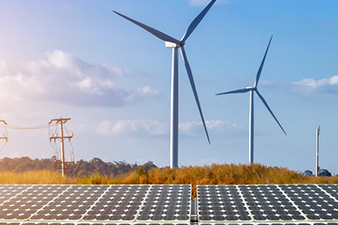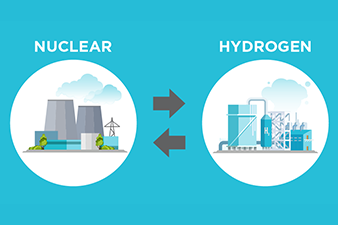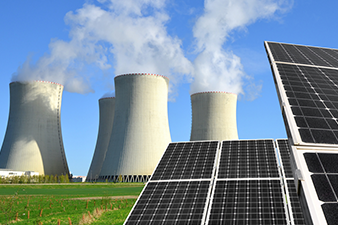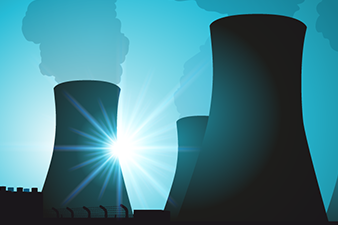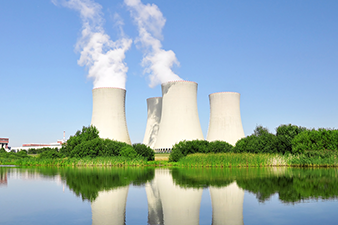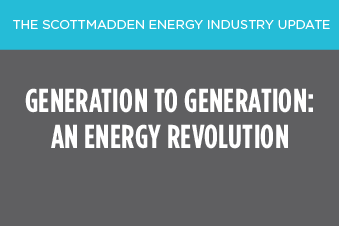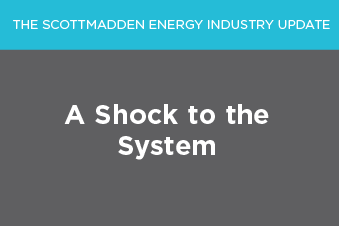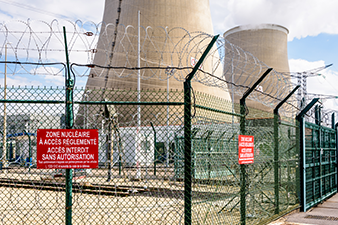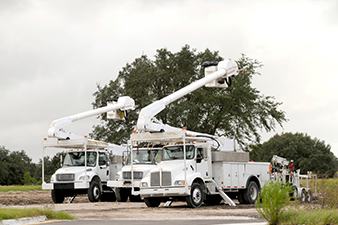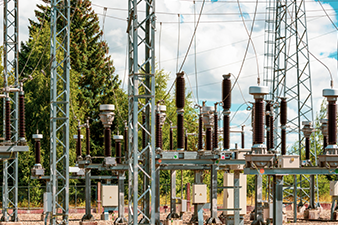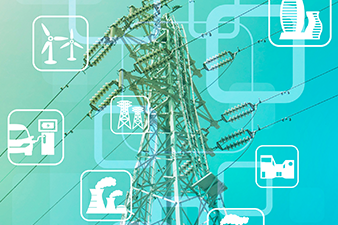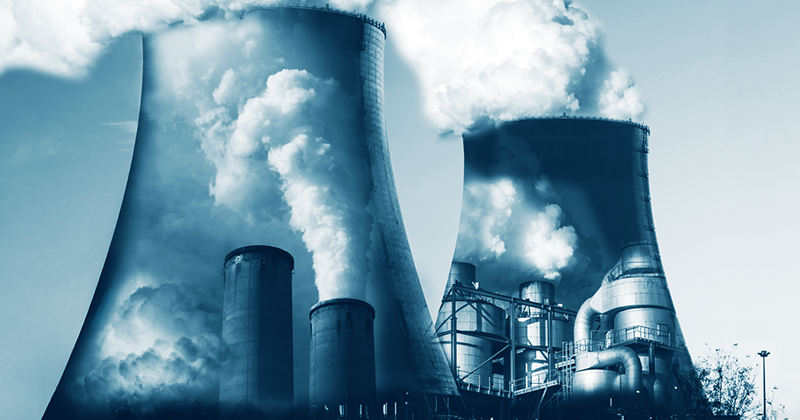
Decarbonization has become an increasingly important issue in the United States as more states, cities, and utilities commit to net-zero carbon-emissions goals. This report analyzes historical carbon reductions in the electric sector to see how this space has reduced carbon emissions to date. It also examines recent integrated resource plans (IRPs) from electric utilities that have committed to 100% net-zero carbon targets to gauge how decarbonization efforts may shift in the future.
Our analysis finds that since 2005 fossil fuel switching (e.g., switching from coal to natural gas generation) has provided more emissions reductions than the addition of renewable generation. Fossil fuel switching has also produced significant carbon reductions (in absolute terms) in locations that lack robust state policies supporting renewable energy.
The review of IRPs finds utilities pursuing 100% decarbonization anticipate rapidly expanding utility-scale renewables and energy storage, while maintaining natural gas generation as a critical resource for reliability purposes.
This shift in reductions, which was historically largely due to fossil fuel switching but is anticipated to be from carbon-free generation and energy storage in the future, highlights the changing nature of the decarbonization landscape in the U.S. power sector. More importantly, it showcases the complexity faced by utilities as they build decarbonization plans while recognizing there is no single cost-effective technology that allows a utility to decarbonize 100%. A variety of mature technologies, like non-coal generation (i.e., natural gas, solar, wind, nuclear, etc.) and energy efficiency programs, may need to be partnered with nascent technologies, like energy storage, carbon sequestration, and small modular nuclear generation, in order to achieve 100% net-zero emissions goals.
Additional Authors: Mike Kerrigan

